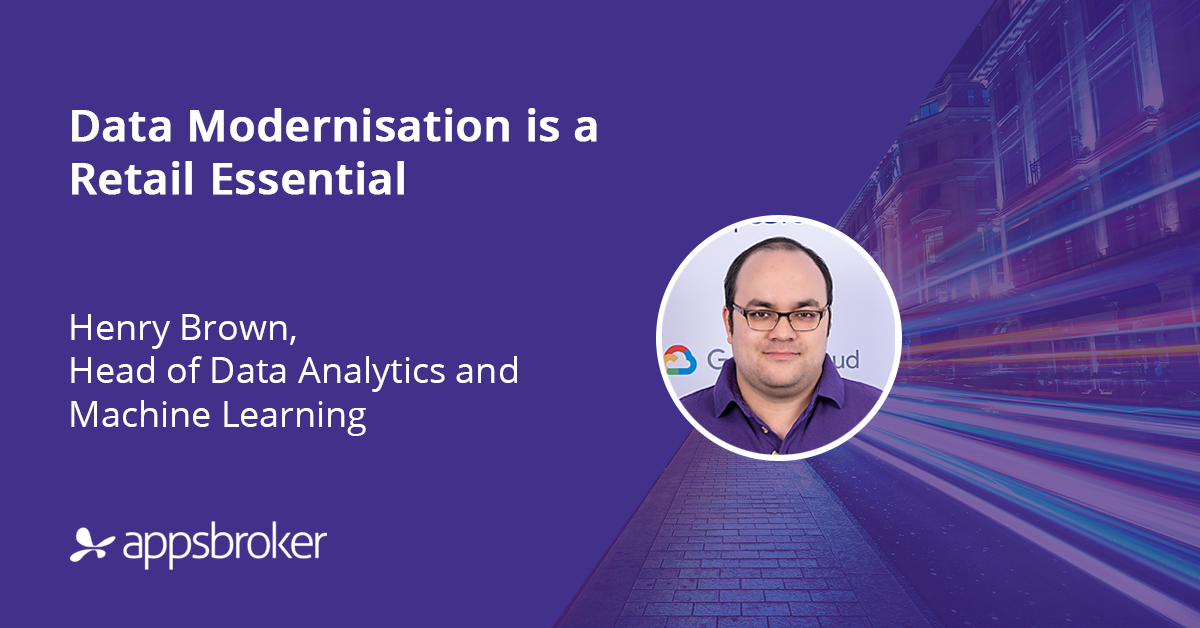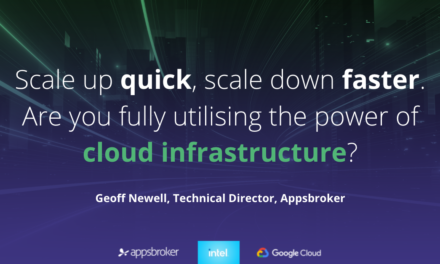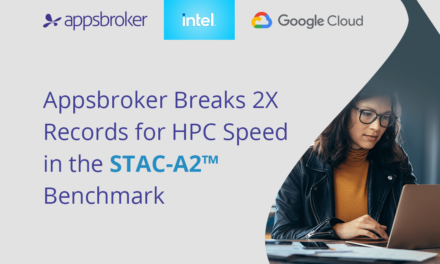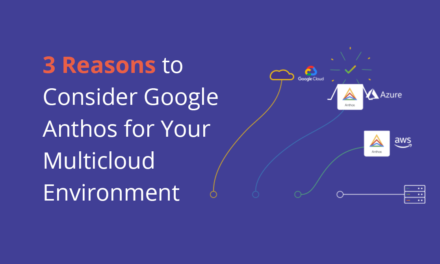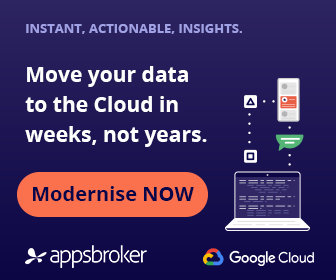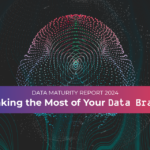The holy grail of modern retail data is instant, actionable insight. Understanding all business activities at a glance makes retailers more responsive, competitive and revenue rich, and is fast becoming a vital survival tool.
To succeed in their quest, businesses need to implement a modern data architecture. Legacy data infrastructure and solutions just cannot provide the speed, scale, depth or advanced capabilities that the pace of today’s world demands.
So what does a modern retail data estate look like?
Fundamentally, data modernisation means a move away from siloed, monolithic warehouses and disparate data systems. The modern data estate brings together compatible infrastructure and solutions, working together, that pull in information from lots of different systems. This is consolidated into a ‘single source of truth’, which is continually refreshed with up-to-date data.
Retailers then access a single view of accurate, timely information across the areas of their businesses that matter to them specifically. They can use this to become much more efficient and react quickly enough to make material differences to their performance.
Furthermore, using decoupled architecture principles, it becomes easy to bring into place new technology, application upgrades and more, all substantially increasing business velocity.
Download The Retailer’s Guide to Data Maturity to find out how we can help you expand your data capabilities, improve performance, and drive revenue on Google Cloud.
What are best practices for data modernisation?
The best way of doing this is to migrate data capabilities to the cloud in stages, particularly to a single, functionally-deep platform with rich data capabilities, provided by dependable, proven technology companies that can manage the tedious overheads of maintenance and support.
This platform also needs to be inherently future-proofed, as the objective here is to migrate once and then be able to stay ahead of the game by continually adding more features to a robust solution – rather than commit to an exponential series of resource-intensive migrations. Traditional data warehouses, by contrast, are out of date before they even go live.
A typical challenge faced by retailers looking to modernise is that they operate numerous different legacy systems and run applications that are architected to monolithic and isolated principles. These systems have typically been built up to focus on solving the issues of specific business functions, for example by creating a finance data system or a logistics data warehouse.
This is where the pay-as-you-go cloud consumption model comes in – you can actually move functionality across in phases so to best make the most of your existing investments while prioritising key areas that prove return on investment early.
Although instant insight is the ultimate objective, in reality most legacy systems just aren’t properly equipped for real time reporting. On the other hand, sources such as OLTP do provide instant updates, so consolidating these with OLAP sources can be challenging, especially when access patterns also differ greatly across the systems, making it even harder to gain a consistent view of data.
The way to solve this is to aim for a pseudo-streamed architecture, which can loosely couple the data generation, data ingestion and data storage layers. This phased approach is not only a huge step in the right direction, but it also prepares you for a simple transition to full real time in due course.
This is the ultimate objective for data modernisation, as real time, despite sounding more complex, can actually be much easier. Retailers can enjoy aspects such as simpler architecture and the elimination of multiple complex storage layers that are difficult to recover. This leads to significant efficiency improvements and cost reductions, as well as giving the agility to react more quickly and drive up core revenues.
How should I prioritise?
Retailers should aim to gain as much real time information as quickly as possible. An Agile methodology is absolutely essential as it will not be a full, all-in-one transformation.
This means looking at first migrating transactional retail data such as POS and inventory data to the cloud. The Business Intelligence team can then move their existing reports and dashboards on this data and the data science team can start building new demand forecasting, promotional and event forecasting algorithms as well as product recommendations.
Next up, retailers can begin to feed in customer metadata and additional data sources such as weather information, creating new use cases and scenarios from additional sources. The advantage of a consolidated platform is that it then becomes the focal point, from which a single view can be generated, and all additional sources can be interfaced with this in time.
This approach will allow iterative business value to be delivered, whilst also maturing the capabilities of the platform.
Demand forecasting alone – reducing waste and increasing availability – is one of the most topical items for many retailers, especially in the grocery space right now. This only becomes amplified in promotional and event forecasting. When Amazon, for example, makes one third of its revenue through product recommendation, the business benefits are certainly tangible!
Consolidate and conquer
In time, older investments such as legacy OLAP systems can be fully phased out and replaced by solutions on a cloud platform with sufficient functional depth, then tending more towards fully real time data architecture. This will also provide more capabilities in the AI and ML space, and help lay the foundations for an overall cloud migration programme.
But in the meantime, this pseudo-streamed approach will treat information pulled from OLAP in as close to real time as possible for maximum insight. This data approach leads to substantial reductions in cost, time-to-insight, and operational overhead requirements, while providing a data framework that is geared up for the data age.
The modern retail data estate then delivers more with less – retailers are able to build on what they already have and begin a migration programme in phases. Initially this allows them to react more quickly and drive up revenues by responding to what customers actually want, based on real, up-to-date information. But they are also able to take that next step through to forecasting and promotions, which allow for a truly personalised customer experience and can provide a significant new revenue stream at a time when competition in retail has never been more intense.
Ready to unlock your data potential? Download The Retailer’s Guide to Data Maturity today to find out how we’re helping businesses drive innovation on Google Cloud.

